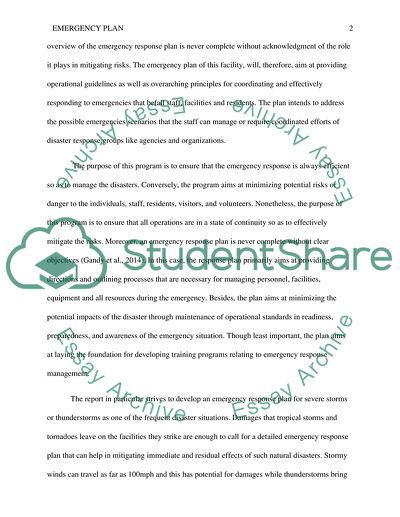Cite this document
(“Emergency Response Plan Assignment Example | Topics and Well Written Essays - 2000 words”, n.d.)
Retrieved from https://studentshare.org/social-science/1672487-emergency-response-plan
Retrieved from https://studentshare.org/social-science/1672487-emergency-response-plan
(Emergency Response Plan Assignment Example | Topics and Well Written Essays - 2000 Words)
https://studentshare.org/social-science/1672487-emergency-response-plan.
https://studentshare.org/social-science/1672487-emergency-response-plan.
“Emergency Response Plan Assignment Example | Topics and Well Written Essays - 2000 Words”, n.d. https://studentshare.org/social-science/1672487-emergency-response-plan.


